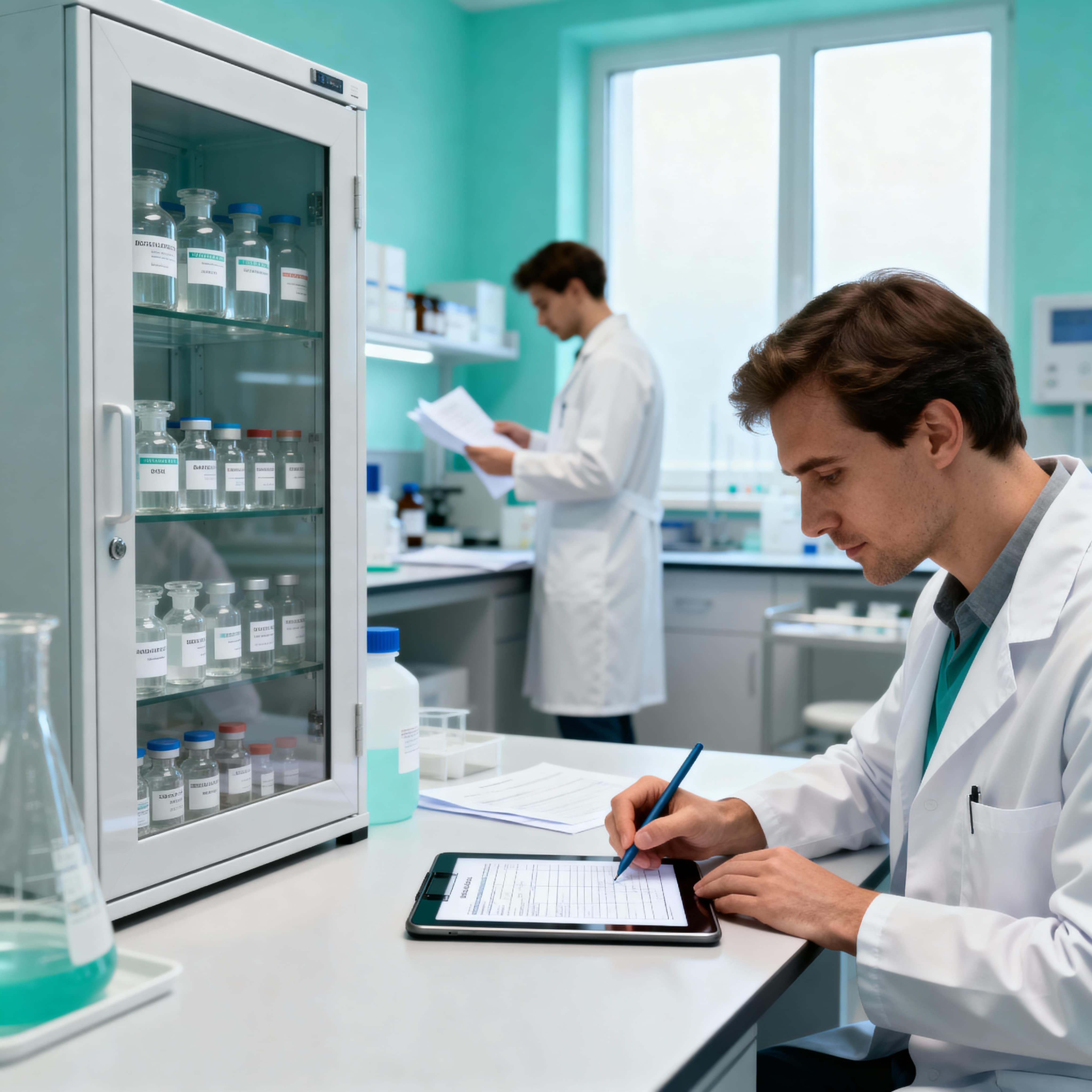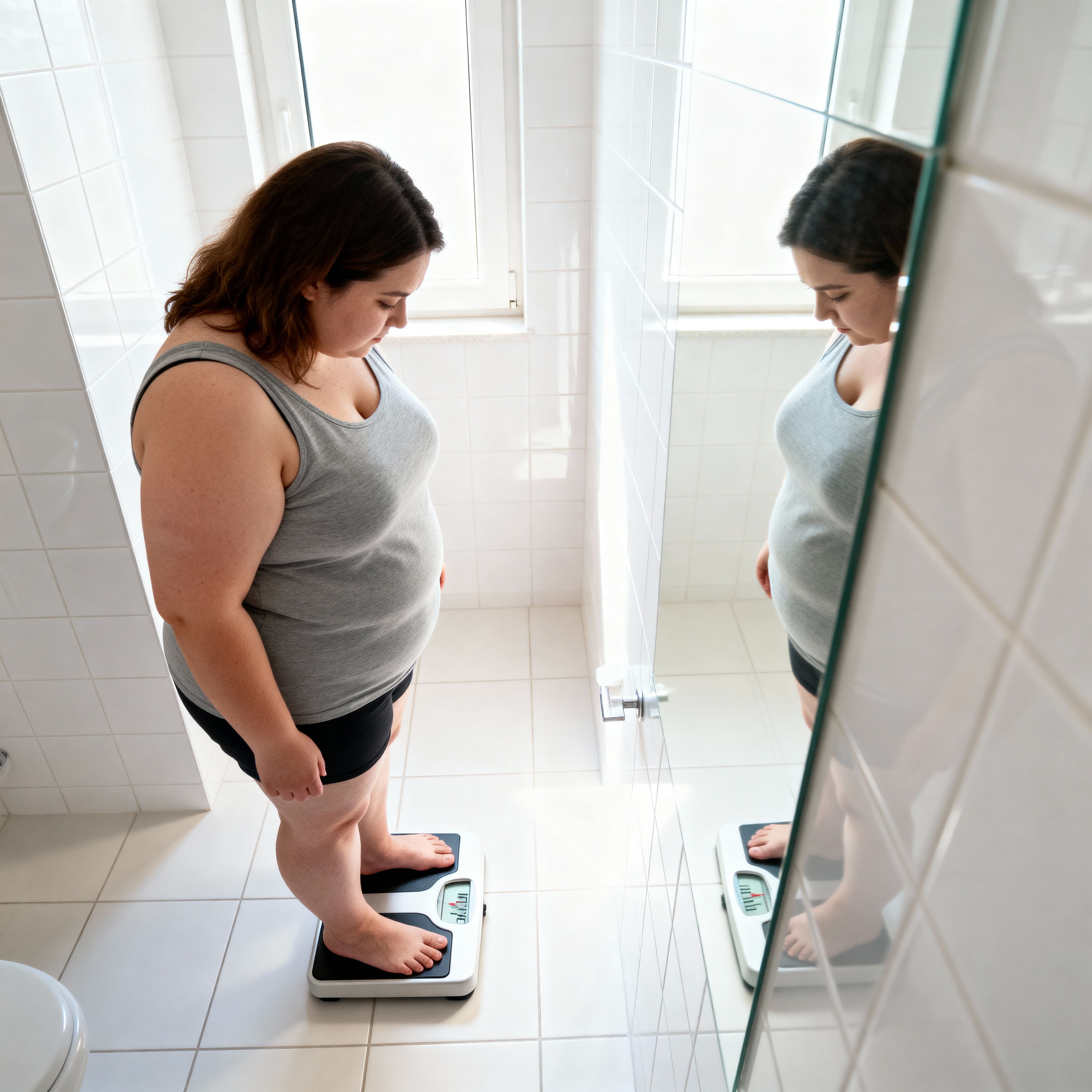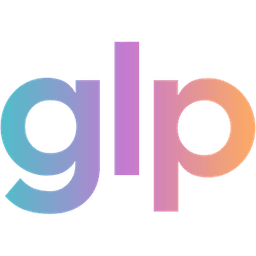What Is a Compounding Pharmacy — and Why It Matters for GLP-1s
Author
glp winnerDate Published
- Twitter
- Facebook
- LinkedIn
- Instagram
- Copy Link

Why Everyone’s Talking About Compounding
If you’re exploring GLP-1 treatment, you’ve likely seen the term “compounded GLP-1” appear on clinic or telehealth websites. It sounds similar to the medications you’ve heard about, but it operates under a completely different system of oversight.
Compounding pharmacies play a legitimate and important role in healthcare. But when it comes to complex injectables like GLP-1s, the difference between FDA-inspected and non-inspected facilities can directly affect safety, consistency, and reliability. And depending on how you get your prescription—through your own provider or through a telehealth platform—you may interact with that pharmacy in different ways.
What a Compounding Pharmacy Actually Does
A compounding pharmacy prepares a customized medication when an FDA-approved version isn’t suitable or available for a particular patient (FDA).
This may include adjusting a dose, removing a non-active ingredient, or creating an alternative formulation when supply-chain or formulary restrictions prevent access. A prescriber must determine medical necessity before compounding occurs, and every compounded medication must be tied to a valid prescription.
Compounding should always happen under professional medical supervision—never through websites or sellers offering products directly to consumers without evaluation.
FDA-Inspected vs. Non-Inspected Pharmacies
Not every compounding pharmacy operates under the same regulations.
FDA-inspected compounding pharmacies, called 503B outsourcing facilities, must:
- Register with the FDA
- Follow strict Good Manufacturing Practices (GMP)
- Test every batch for potency and sterility
- Undergo routine FDA inspections (FDA Registered Outsourcing Facilities)
State-licensed 503A pharmacies compound medications for individual prescriptions and are primarily overseen by state boards of pharmacy. These pharmacies can be well-run, but oversight and inspection schedules differ widely by state (FDA).
You can think of it this way:
- 503A: one prescription at a time, regulated mainly by state boards
- 503B: larger-scale, inspected by the FDA, held to manufacturer-level quality standards
For injectable medications like GLP-1s, that federal inspection adds a significant layer of safety and traceability.
Two Common Paths: Direct vs. Telehealth
1. Filling through a pharmacy directly
Some patients receive a GLP-1 prescription from their provider and choose a compounding pharmacy themselves. In that case, it’s important to ask:
- Is this pharmacy FDA-inspected and registered as a 503B outsourcing facility?
- Does it test every batch for potency and sterility?
- Can I see documentation of where and how the medication was prepared?
Reputable pharmacies provide this information readily and are transparent about their quality controls.
2. Using a telehealth provider
Many patients now receive GLP-1 prescriptions through telehealth companies that partner with compounding pharmacies behind the scenes. You may never speak with the pharmacy directly—but that’s still where your medication is made.
Before starting care with a telehealth company, review their materials or ask customer support:
- Which pharmacy (or pharmacies) do you partner with?
- Are they FDA-inspected 503B facilities?
- Do you share testing or sourcing documentation with patients?
Responsible telehealth companies will disclose this clearly. Avoid any service that withholds pharmacy information or uses vague language like “partner facility” without verification.
Why It Matters for GLP-1 Users
Even when compounded under a valid prescription, GLP-1 formulations are not FDA-approved medications. But the level of oversight at the facility where they’re made still matters enormously.
Purity and sterility:
Injectable medications require sterile environments to prevent contamination. FDA-inspected pharmacies must follow cleanroom and testing standards that lower infection risk.
Dosing accuracy:
Small variations in active ingredient concentration can alter results or cause side effects. 503B facilities must verify potency before releasing any batch.
Oversight and traceability:
FDA-inspected pharmacies must report adverse events and participate in recalls if needed—helping ensure accountability.
Regulatory compliance:
The FDA restricts when compounding can occur, such as during certain drug shortages or when a prescriber documents a clinical need (FDA GLP-1 Safety Update).
How to Verify a Compounding Source
You can confirm whether a compounding pharmacy is FDA-inspected by checking the FDA’s 503B Outsourcing Facilities list.
If you’re working through a telehealth provider, you can also:
- Ask which facility compounds your medication and confirm it’s on the FDA list.
- Review the telehealth company’s pharmacy disclosures page or patient FAQs.
- Ensure both your prescriber and the pharmacy are licensed in your state.
Transparency at every step—from prescription to preparation—is the best sign of a responsible provider.
The Bottom Line
Whether you’re filling your prescription locally or through an online clinic, your compounded GLP-1 ultimately comes from a pharmacy somewhere. The safest path is one that combines licensed medical supervision with FDA-inspected compounding.
If you’re prescribed a compounded GLP-1, make sure you know who’s preparing it, what oversight that facility follows, and why compounding is medically appropriate for you. In this space, transparency equals safety.
If you enjoy posts like these, you can subscribe to receive newsletter updates.
Sources
Keep Reading

What happens after stopping GLP-1 meds—why rebound happens, what studies show, and how to keep your progress.
.jpg&w=3840&q=100)
Step-by-step guide to compare GLP-1 telehealth & compounding providers—reviews, licensing, pharmacy accreditation—with GLP Winner support.

Learn what microdosing GLP-1s really means, what’s known, what’s not, and key questions to ask your doctor before considering it.
